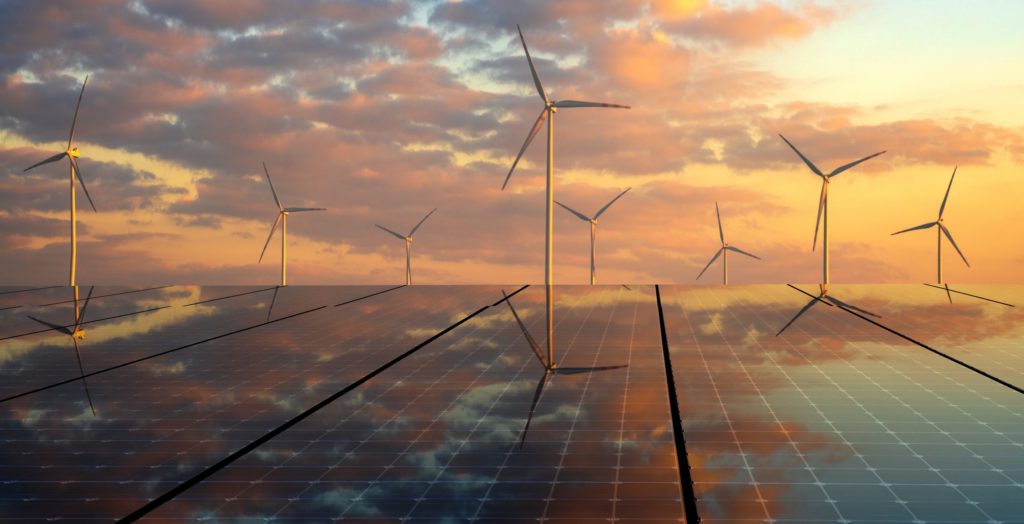Federal Court Ruling Threatens Smaller Vape Companies’ Survival
Smaller manufacturers of vaping products face a major obstacle to survival after the release a few weeks ago of long-overdue application guidelines for market approval. The guidelines could eliminate hundreds, if not thousands, of alternative nicotine products from shelves—including some of the most popular options used by adults trying to quit smoking.
Electronic nicotine delivery devices and liquids, which provide a less harmful way for smokers to consume nicotine, have been in regulatory limbo since 2016, when they came under Food and Drug Administration authority. At that time, the FDA required manufacturers of all nicotine products introduced to the market or modified after 2007 to submit applications to evaluate their suitability for sale. Failure to do so would put them at risk of removal from the market.
Products introduced or modified between 2007 and 2016 were provided a grace period that was extended to August 2022. Enacting this rule involved establishing an entirely new regulatory pathway that was supposed to be efficient and transparent (it has been anything but).
Then on July 12, as Filter recently reported, a district judge mandated that all manufacturers submit their approval applications to the FDA by May 2020—more than two years earlier than the original deadline—or risk having their products pulled from the market. This decision dooms the process to failure—and it puts both smokers and former smokers at risk.
Completing the application process on time may not seem like an unrealistic challenge to many, especially since all manufactures will now have to comply with the same deadline. But the undertaking to compile all the information required for these applications involves immense costs, both financially and in terms of human resources. Current FDA estimates run at $3 million and up to 5,000 hours per application, with each individual product (i.e. flavor, nicotine content, device, etc.) requiring its own application. For example, a manufacturer with one device and two flavors of e-liquid, each with two different nicotine concentrations would need to submit five separate applications for those products.
The most prolific vaping brands, many of which are affiliated with large tobacco companies, have multimillion-dollar budgets and teams of scientists and attorneys to help them scramble to meet the new deadline. Smaller manufacturers and vape shops that mix their own e-liquids do not have these resources and are at a significant disadvantage.
The FDA has already received 373 applications for products affected by this rule change. Of those, all but four have been deemed “non-compliant,” requiring the companies to resubmit. What’s more, the FDA disclosed that none of the remaining four applications are for electronic nicotine delivery products, but did not report further specifics. With that record, it is very likely that most small businesses’ products will not receive approval and will therefore become inaccessible to consumers, even if these businesses dump all their resources into preparing an application.
Most troublingly, Philip Morris International’s IQOS, a heat-not-burn product, is the only electronic nicotine delivery system that has successfully completed the process. Although PMI* has not disclosed the cost of preparing its applications (why would it?), it is safe to assume the company spent more than the annual revenue for an average local vape shop.
Indeed, from the small number of premarket authorization successes, it seems likely that the only companies able to produce adequate data will be those affiliated with Big Tobacco—and even that is uncertain. This puts the estimated 10 million American adults who use electronic nicotine delivery systems in a bind that could leave them few options other than returning to much more harmful combustible cigarettes—a perspective that the FDA’s tobacco products director shares.
We are at a critical point in the tobacco control effort in the United States. We finally have less harmful products available to smokers. These innovations have the potential to replace combustible cigarettes and improve public health. Putting them at risk of failure while leaving combustible cigarettes prominently placed on shelves is the real hazard to public health.
Image credit: Hazem.m.kamal







